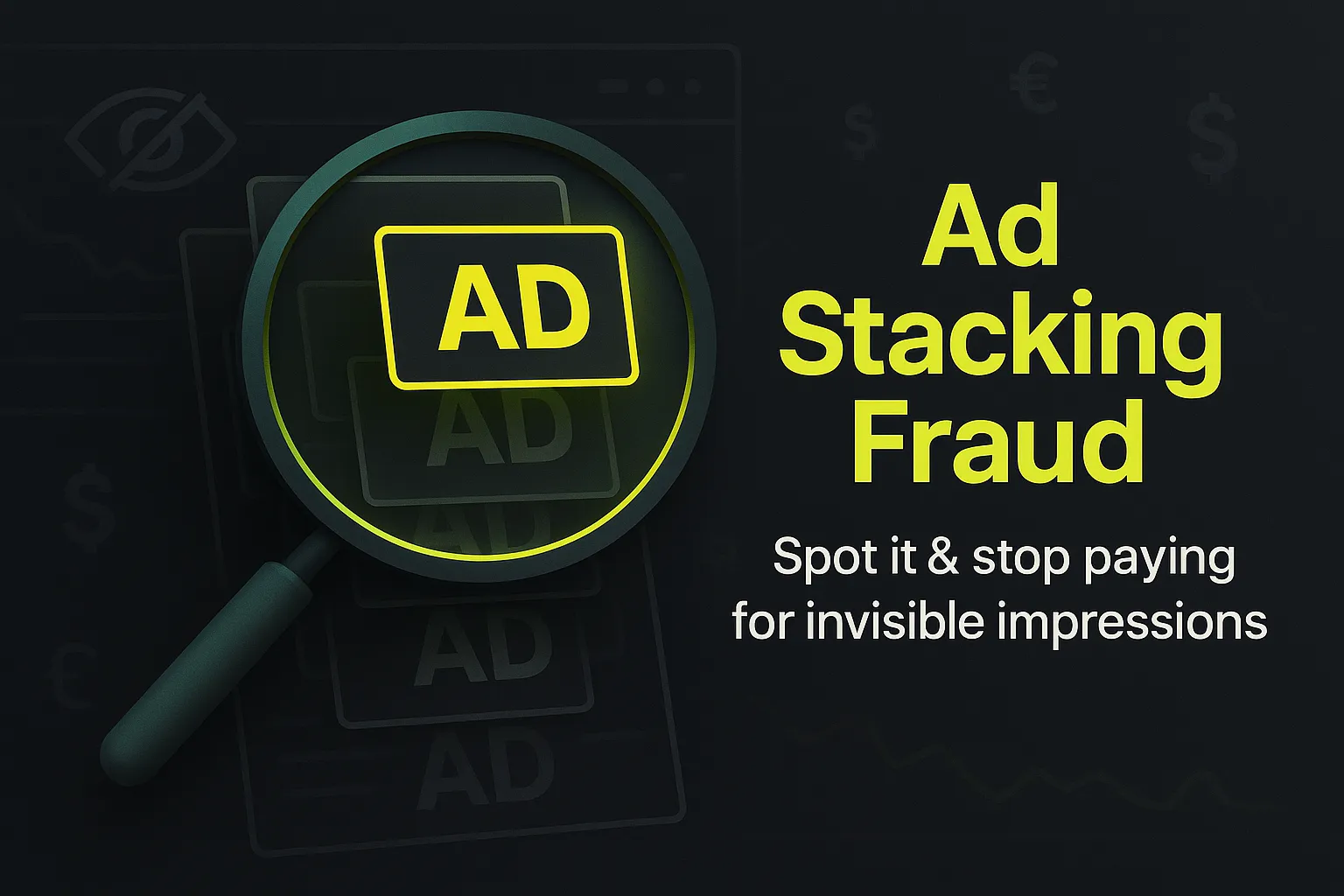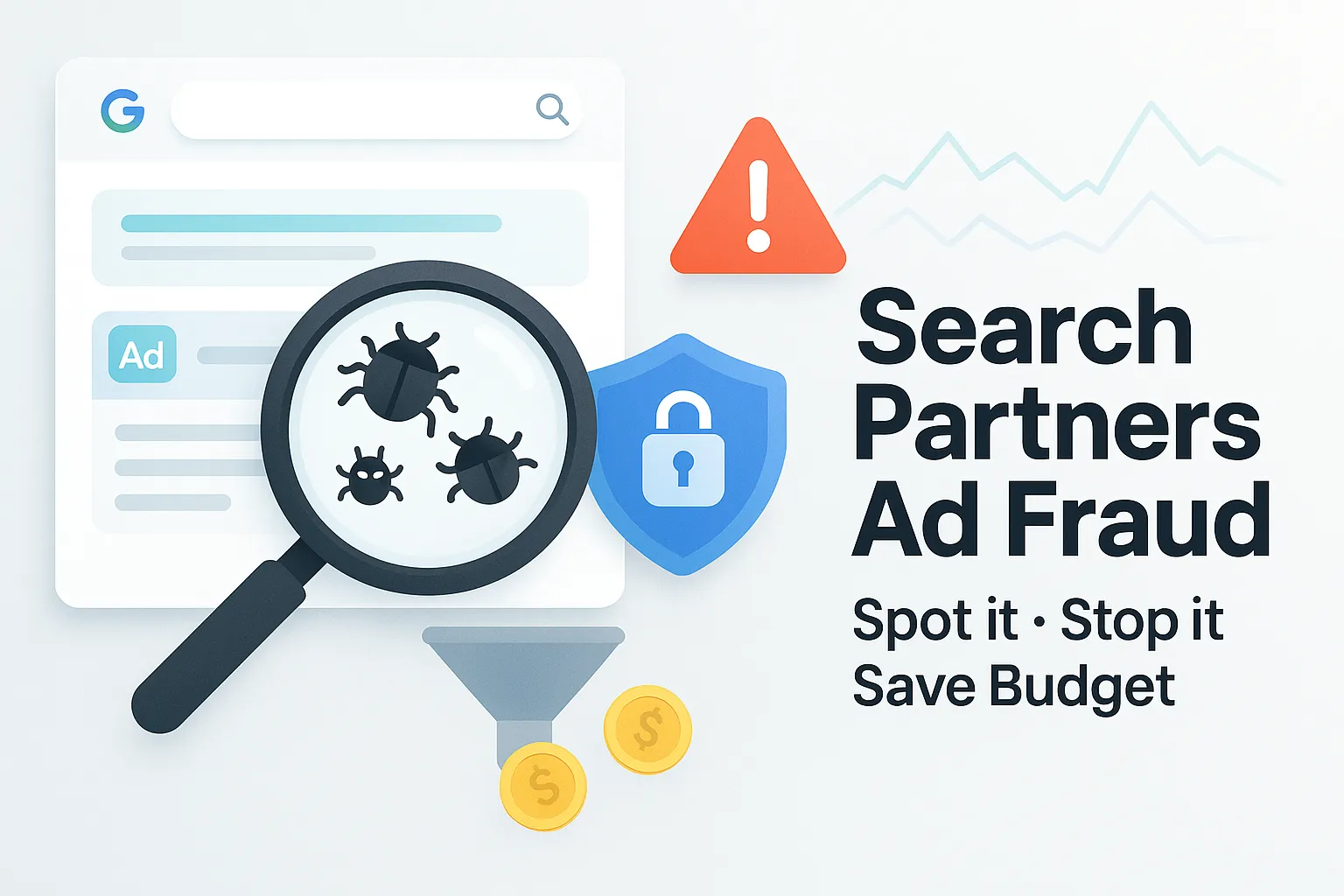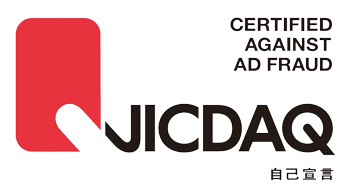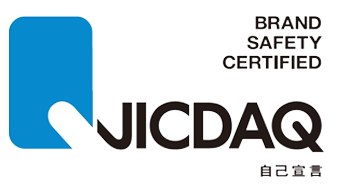Ad Fraud Trends 2025: Key Threats and How to Combat Them
.png)
Introduction
In 2025, digital advertisers face unprecedented challenges from increasingly sophisticated ad fraud schemes. Global losses are projected to reach $41.4 billion in 2025, up from $37.7 billion in 2024, according to Spider Labs' latest ad fraud white paper report (available to download for free here). Marketers investing in programmatic, mobile, and connected TV (CTV) advertising encounter fraud tactics that drain budgets, disrupt analytics, and undermine campaign effectiveness. Staying ahead of these threats requires understanding how fraud evolves and adopting the right defenses.
Fraudsters have moved far beyond basic bot traffic and click spamming. Generative AI now enables the creation of highly convincing fraudulent ad content, including potentially deepfake-style endorsements that mislead consumers and damage brand credibility. AI-powered bots simulate human behavior at scale, making them harder to identify while inflating campaign metrics. At the same time, fake form submissions have surged, filling CRM systems with invalid leads, wasting sales resources, and skewing performance data. In some industries, such as finance and telecommunications, over half of ad budgets have been lost to fraud.
Fraud also depresses conversion rates. Spider Labs’ research shows that fraudulent clicks convert at about half the rate of legitimate ones (1.29% vs. 2.54%), leading advertisers to overestimate campaign effectiveness if invalid clicks are not filtered out. Made-for-advertising (MFA) sites, which mass-produce content using generative AI, have become common placements, introducing brand safety risks and draining additional spend. Meanwhile, regulatory frameworks such as the EU Digital Services Act (DSA), which came into force in February 2024, compel brands and platforms to deliver full transparency and accountability.
This article outlines the key ad fraud trends shaping 2025, with insights on their impact, examples from industry data, and actionable steps to counter them. Topics include AI-driven fraud, emerging programmatic and mobile/CTV threats, evolving regulations, and best practices. We’ll also highlight how Spider AF’s advanced detection tools empower advertisers to protect budgets and improve ROI through real-time analysis and automated blocking.
Notably, the study found that fake leads are 4.5 times more prevalent in organic channels than in paid ads, highlighting the need for comprehensive fraud prevention across all traffic sources.
Continue reading to see how you can adapt to this changing threat landscape and maintain the integrity of your digital advertising strategy.
The Escalating Cost of Ad Fraud in 2025
Ad fraud continues to inflict enormous financial damage on advertisers worldwide, with losses growing each year. In 2025, the global cost of ad fraud is estimated to exceed $41.4 billion, based on data from Spider Labs’ latest ad fraud white paper report.
Global Financial Impact
Fraudulent activity drains billions of dollars annually from the advertising ecosystem. Click spamming remains the largest contributor, accounting for 76.6% of invalid traffic, followed by bot activity and data center-generated clicks. Advertisers who measure campaign success without adjusting for invalid clicks often overestimate ROI.
Industry-Specific Losses
The most affected industries include:
- Financial services — 14.3% average ad fraud rate
- Telecommunications — 11.1%
- Real estate — 7.6%
- Education — 4.3%
Many of these rates significantly exceed the global average of 5.1%, underlining how fraudsters prioritize verticals where the potential payoff is higher.
Evolving Tactics in Ad Fraud
Fraudsters are constantly innovating to stay ahead of detection systems.
AI-Driven Click Fraud
AI-powered bots generate fake engagement at scale. These bots can navigate websites, fill out forms, and simulate realistic user behavior. Advanced systems like Spider AF are necessary to detect these patterns in real time.
Deepfake-Style Fraudulent Content
Fraudsters now create convincing fraudulent ad content, sometimes using deepfake-style endorsements or misleading demos. These tactics mislead users and damage brand reputation. Automated creative verification is crucial to counter this threat.
Fake Form Submissions
Fake leads waste sales resources and pollute analytics. Spider AF’s Fake Lead Protection, launched in February 2025, integrates directly with CRM systems for real-time detection and blocking of fraudulent submissions, improving lead quality.
Ad Fraud in Programmatic Advertising
Programmatic advertising is efficient yet highly vulnerable.
Prevalence in Programmatic Channels
Certain networks see fraud rates as high as 46.9%. Without transparency, advertisers risk funding fake publishers or MFA sites. Tools like Spider AF track and block invalid traffic.
Impact on Conversion Rates
Fraudulent traffic lowers conversion rates, causing advertisers to overestimate the effectiveness of their campaigns if invalid clicks are not filtered out. Post-click analysis and invalid click filtering can reclaim wasted spend.
Mobile and CTV Ad Fraud Schemes
Mobile and CTV platforms are prime fraud targets.
Hidden Ad and Malware Operations
Fraud operations exploit hidden ads and malware to inflate metrics without delivering value. Advertisers should audit inventory and use real-time detection.
Detection Challenges in Mobile and CTV
Device fragmentation and inconsistent standards make fraud harder to catch. Cross-channel analytics and Spider AF’s advanced detection fill these gaps.
Regulatory Responses and Industry Standards
Governments and industry groups are increasing scrutiny.
Global Regulatory Initiatives
The EU Digital Services Act and similar laws demand transparency and accountability. Advertisers must adapt processes to remain compliant.
Industry Best Practices
Follow IAB, TAG, and MRC guidelines, require certified platforms, and proactively monitor campaigns. Partnering with Spider AF helps maintain high standards.
Combating Ad Fraud with Advanced Tools
Spider AF: Leading the Fight Against Ad Fraud
Overview of Spider AF's Capabilities
Spider AF provides all-in-one digital marketing security, delivering cross-platform PPC protection, fake lead prevention, MFA detection, and compliance support. Its real-time monitoring identifies and blocks fraud instantly. Spider AF also offers dashboards for actionable insights to provide users with visibility on metrics that aren't accessible via Google PMAX and other networks directly. A notable recent addition is the Agency Dashboard feature, which allows Digital Marketing agencies the ability to add and monitor their clients’ accounts autonomously.
Case Studies Demonstrating Effectiveness
Clients have reduced fake leads by over 50 percentage points. ROI improvements of 152% and CPC reductions of 85% have been documented.
For more real world case studies, check out https://spideraf.com/use-cases.
How to Implement Spider AF in Your Strategy
Spider AF is offering a 14 day free trial of their diagnostic tool, giving you access to valuable campaign metrics across multiple ad networks. Spider AF helps advertisers integrate anti-fraud seamlessly, regain control of budgets, and build transparent campaigns.
To start your free trial, simply sign up though the following form: https://spideraf.com/sign-up
Additional Insights from the 2025 White Paper
- Data Scope: These findings are based on Spider AF’s analysis of over 4.15 billion ad clicks across seven countries in 2024.
- Organic Channel Risk: Fake leads are 4.5 times more prevalent in organic channels (4.06%) than in paid ads (0.91%), underscoring the importance of fraud prevention across all inbound sources.
- MFA Sites: MFA sites, which mass-produce content using generative AI, are increasingly detected as sources of invalid traffic and fake leads.
Conclusion
Ad fraud is more advanced with AI and machine learning in 2025. Global markets are shifting toward platform-led, transparent ad operations, driven by regulations like the EU’s DSA. Collaboration across advertisers, platforms, and regulators, and advanced fraud detection tools are key in preventing damage. Spider AF supports this shift with technology built for evolving threats.
Sign up for a free 14 day trial today. No credit card required! https://spideraf.com/sign-up



















